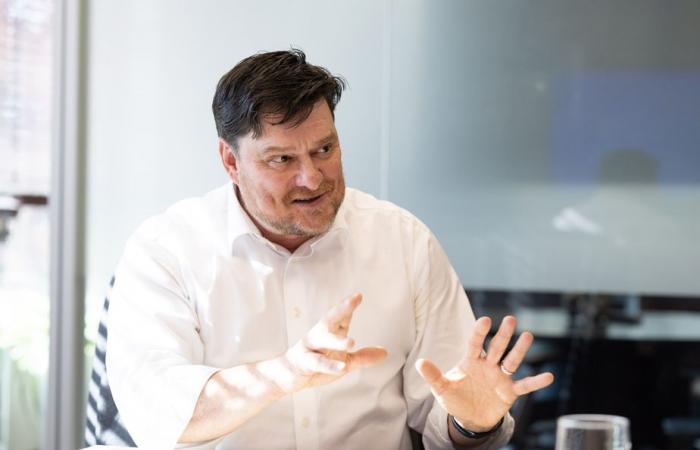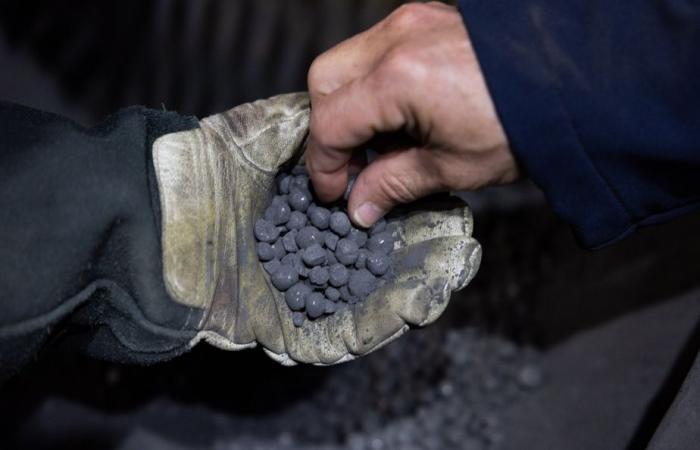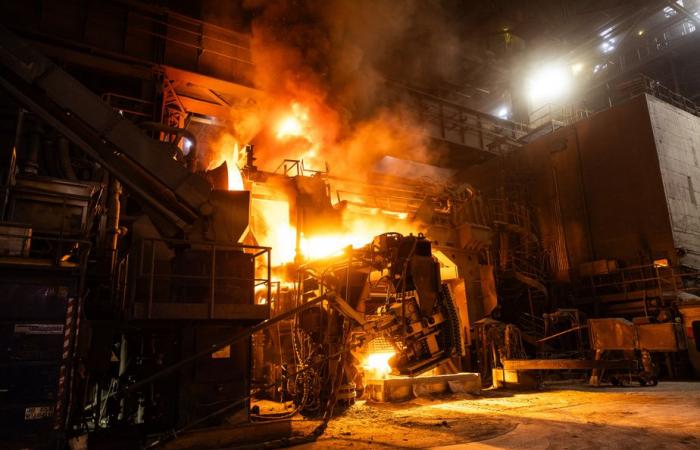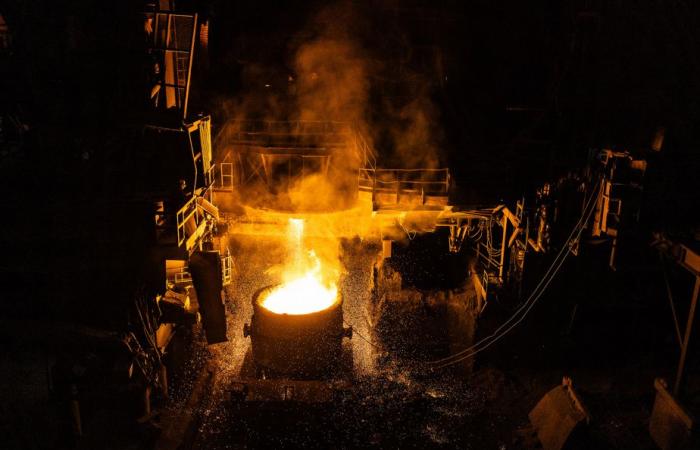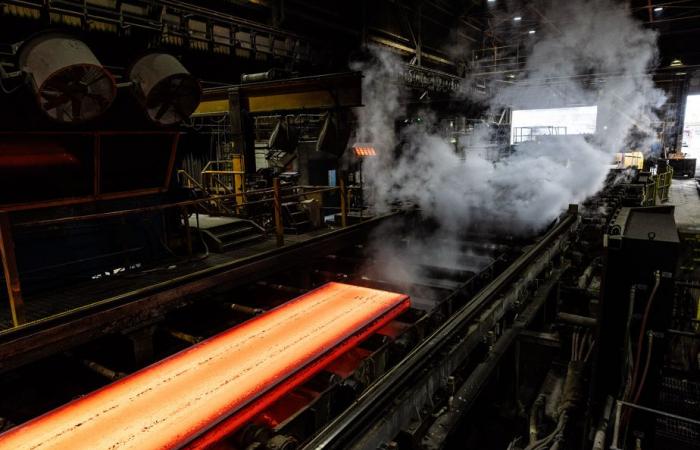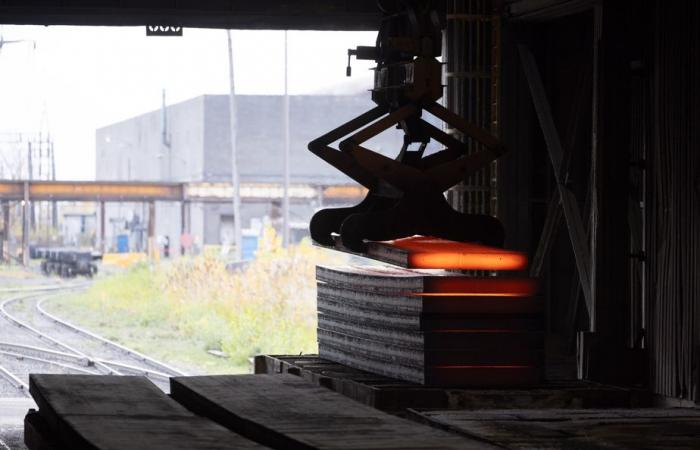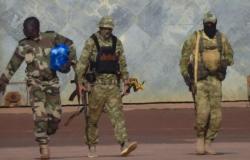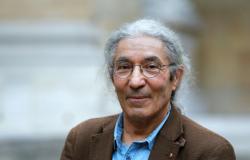The possible election this Tuesday of Donald Trump does not overly worry Stéphane Brochu, CEO of ArcelorMittal Long Products Canada, which exports more than 50% of its steel production to the United States.
Posted at 1:36 a.m.
Updated at 5:00 a.m.
“Eight years ago, Trump imposed 10% duties on our steel, but those duties were quickly repealed by our U.S. customers who appealed. They will do the same this year if he tries the experiment again,” assures the metallurgical engineer.
ArcelorMittal Long Products Canada processes more than 2.5 million tonnes of iron ore each year at its Contrecoeur, Longueuil, Montreal and Hamilton facilities into high-quality steel used in the North American automotive industry , manufacturing wire rod for welding as well as reinforcing bars for the construction industry.
“During his first term, Trump imposed a 10% tariff on our steel exports, but our large American industrial customers have demanded an exemption on our products because they are unable to find steel of equivalent quality to UNITED STATES.
“We make our steel with pre-reduced iron ore. American producers do not have electric arc furnaces. The tariffs lasted less than a year, and after that, Trump renegotiated the free trade agreement and said he had the best deal in history, so why would he reinstate tariffs? if the Canada–United States–Mexico Agreement is so good? », asks the CEO of ArcelorMittal Long Products Canada.
From iron to steel slabs
-
PHOTO MARTIN TREMBLAY, THE PRESS
The iron pellets produced at the ArcelorMittal plant in Port-Cartier will be introduced into an electric arc melting furnace.
-
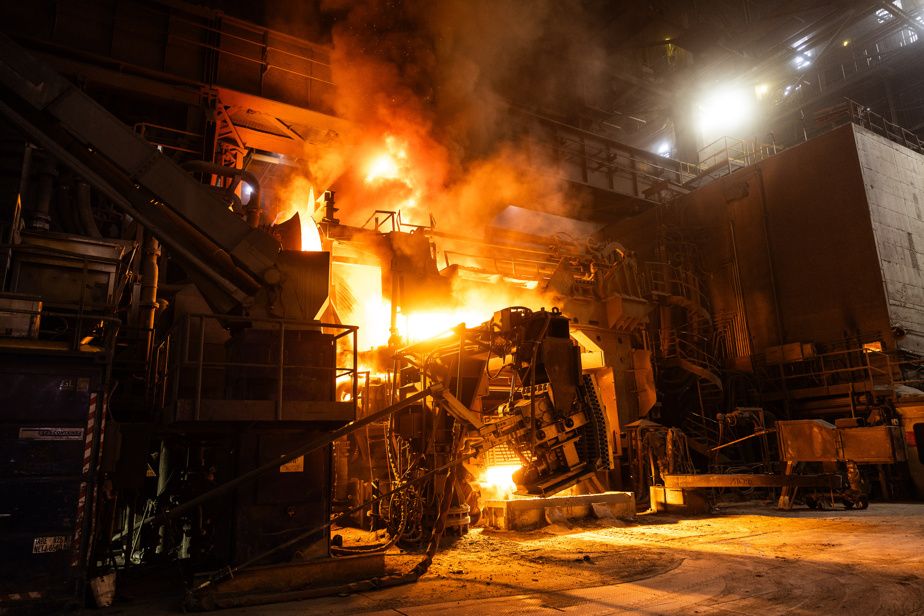
PHOTO MARTIN TREMBLAY, THE PRESS
The electrolysis operation is in full swing in the fusion furnace.
-
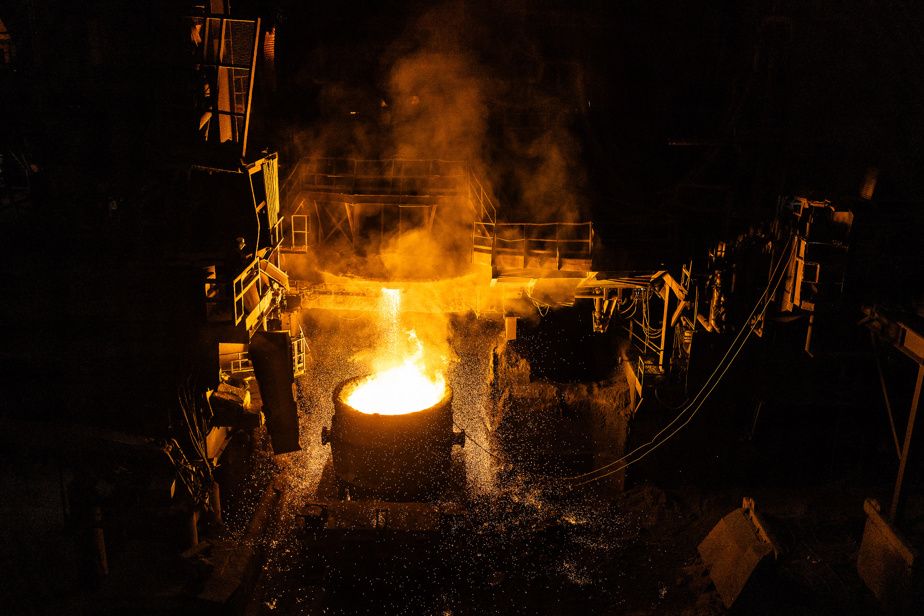
PHOTO MARTIN TREMBLAY, THE PRESS
The molten steel was poured into a huge tank which will move towards the slab molds.
-
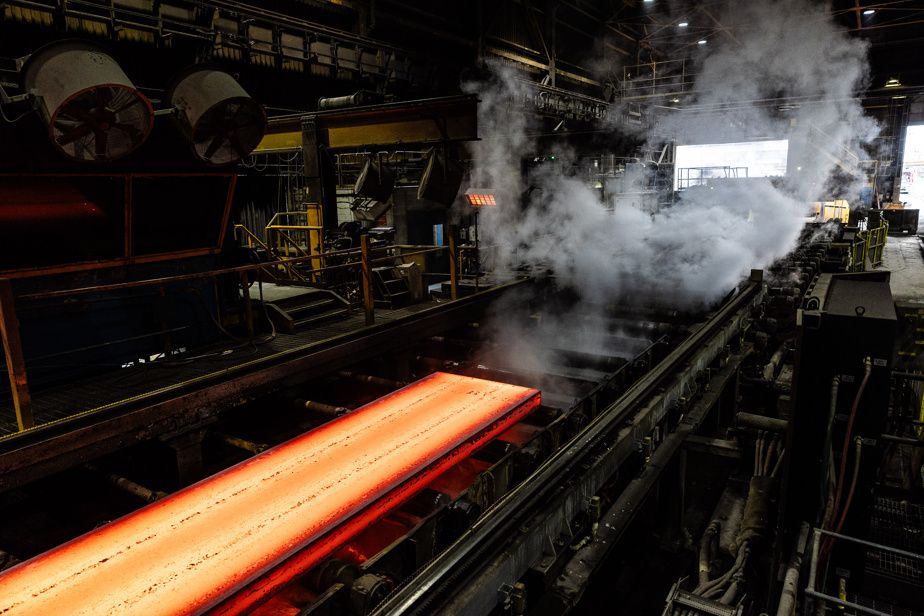
PHOTO MARTIN TREMBLAY, THE PRESS
The steel slabs have just been cast, they weigh 20 tonnes each.
-
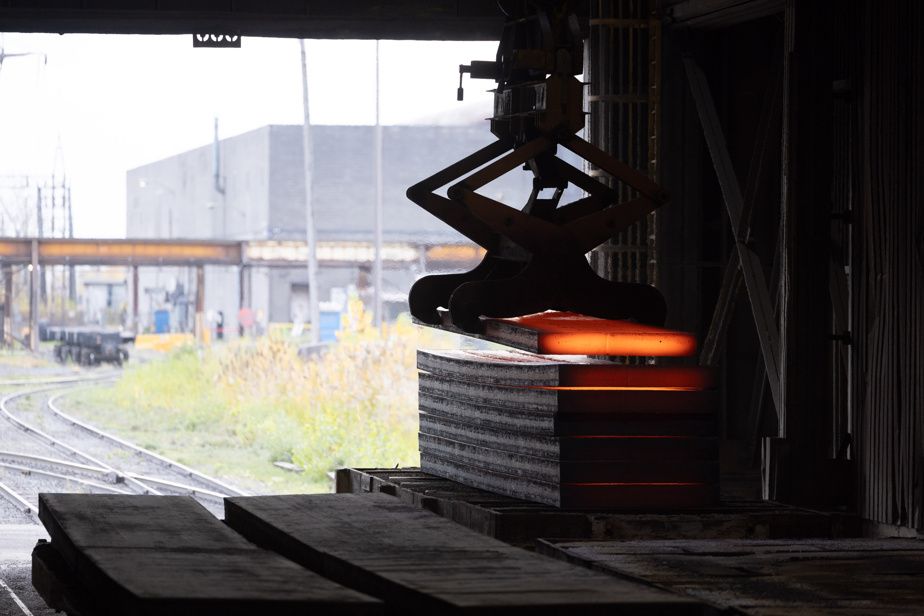
PHOTO MARTIN TREMBLAY, THE PRESS
The slabs are stacked and cooled before being delivered to customers. The factory operates 24 hours a day, 7 days a week.
1/5
It is at the Contrecœur site that Stéphane Brochu receives us, in the immense industrial installations which were erected during the 1950s, 1960s and 1970s under the leadership of Stelco and Sidbec Dosco. It is the Indian company ArcelorMittal which has taken over the steelmaking activities which are supplied with iron ore by the group’s installations at Mont-Wright and Port-Cartier.
“We absorb approximately 20% of our production of iron pellets from the North Shore, or 2.5 million tonnes per year. We also recycle up to 1 million tonnes of scrap metal each year which is used in the manufacture of our different products in different contents,” explains Stéphane Brochu.
Most of the company’s production is done in the two steel mills and its Contrecoeur reduction plant, where the company notably casts steel slabs weighing 20 tonnes and which are intended for the Dofasco plant in Hamilton. , which manufactures flat steel products used in the manufacture of automobile bodies.
This ArcelorMittal Flat Products division employs 4,500 people in Hamilton and Coteau-du-Lac. In Quebec, all Long Steel Products activities employ 2,000 people, including 800 in Contrecœur.
A more eco-responsible steel
ArcelorMittal Long Products Canada therefore delivers 800,000 tonnes each year of steel slabs intended for the automotive industry, but is also the world’s largest manufacturer of leaf springs intended for the largest manufacturers of light and heavy trucks.
“Our blades are in all pickup trucks from Ford, GM and Toyota as well as Class 8 trucks from Volvo, Freightliner, Paccar and Mack. We also produce 100,000 tonnes per year of wire rod which is used in the welding industry, but for other industrial purposes as well,” emphasizes Stéphane Brochu.
With its drawn wire manufacturing activities at its plants in Montreal and Hamilton, ArcelorMittal Long Products Canada serves a number of diverse customers: from manufacturers of guitar strings to those of springs for pens or mattresses.
But it is the reinforcing steel manufacturing sector that is ArcelorMittal’s second largest business sector. The company notably supplied 20,000 tonnes of reinforcing steel for the construction of the new Samuel-De Champlain Bridge, and more than 40,000 tonnes for the construction of the Hebron oil platform off the coast of Newfoundland.
“The advantage with reinforcing steel is that you can use a lot of recycled steel. We could even go as far as 100% recycled scrap metal to make reinforcing steel. We don’t do it, but steel has no end of life, even completely rusted steel can be recycled to regain all its previous characteristics,” explains Stéphane Brochu.
The use of recycled scrap metal helps reduce the group’s carbon footprint, which is already among the lowest in the steel industry globally.
We produce 630 kilograms of carbon per ton of steel manufactured while our competitors, particularly in China, produce 2100 to 2800 kilograms per ton of steel.
Stéphane Brochu, CEO of ArcelorMittal Long Products Canada
Stéphane Brochu wishes to further reduce this carbon footprint by making greater use of renewable natural gas and possibly capturing carbon to make green methanol.
In its overall extraction and manufacturing activities in Quebec, ArcelorMittal carries out no fewer than seven different transformations of the raw material, from ore to its transformation into slabs, billets, bars or wire rod.
Stéphane Brochu has held various management positions at ArcelorMittal Long Products Canada since he joined it in 1998, he was head of operations for five years before becoming CEO in October 2022.
“We are a big economic player in Quebec. People don’t realize it, but we have a major impact. Having an iron mine without a steelworks is sad, we have never stopped developing and we do it while remaining profitable,” he insists.

